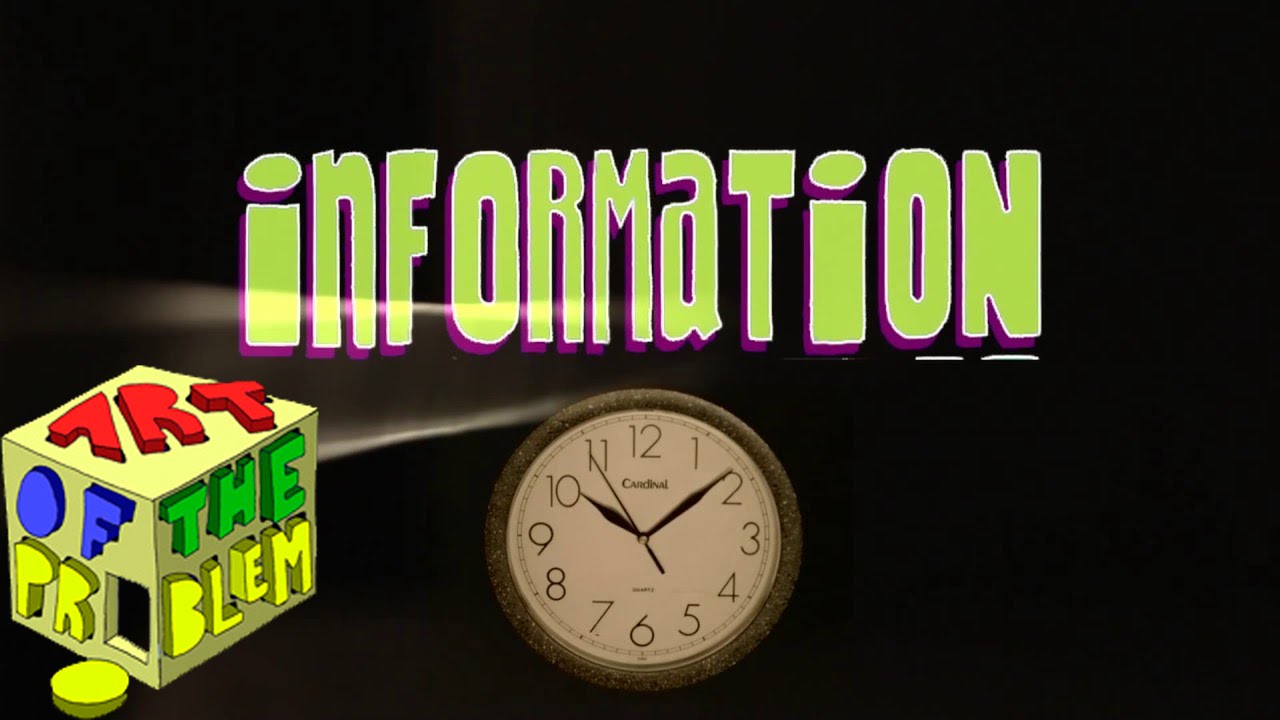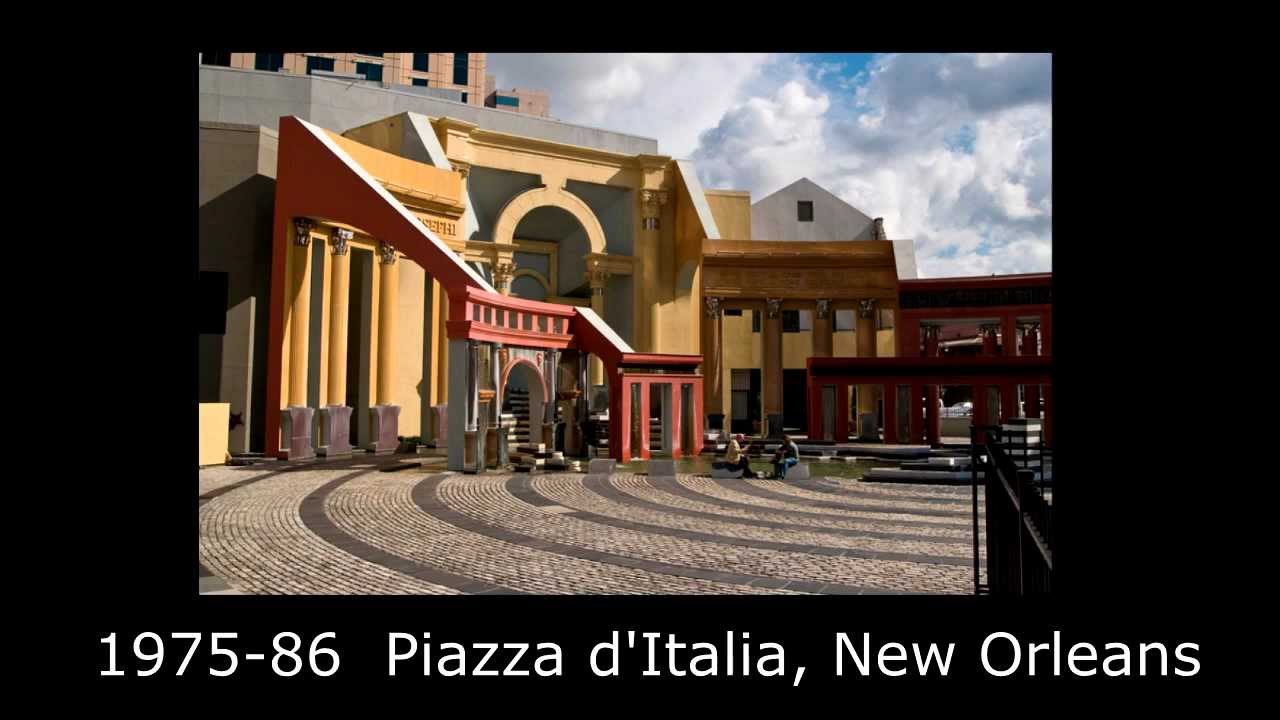A short story about the need for digital communication and how it leads to coding theory (variable length source coding) with a lossless compression problem. Source encoding attempts to compress the data from a source in order to transmit it more efficiently.
Art of the Problem
Source
Information Theory part 3: What is coding theory?




I have a couple thoughts on this. First, Bob's idea is probably that they should use the absence of a signal (silence) to communicate, in addition to using the signal, or that they should use short *and* long signals to mean different things; moving their communication from base 1 to base 2. But what if some information is lost, and a signal (or a string of signals) are never sent completely? The receiver will misinterpret the message. But in practice how can this be prevented?
before i watch the next one, i'm going to guess that its the duration of the pluck, not simply the number *crosses fingers*
Since the pluck travels as a wave, he might pluck the string at some other angle. This way, there is no longer any need for ties, vertical plucks could be >7 and horizontal plucks could be <7.
They could run more wires. One wire for each outcome would reduce it to 1 pluck per outcome.
If they can implement some sort of fret system along the wire they could assign different frequencies to different outcomes reducing it to one pluck per outcome.
absolute value of roll – 7 add 1 if tie like @4:39 then converted to binary 1 is a pluck 0 is silence
The new idea is binary.
They encode the original numbers according to their frequency but they do it in binary.
1=10
2=01
3=11
4=001
5=101
6=011
7=111
8=0001
9=1001
10=0101
11=1101
it will be faster on average.
Get a cellphone?
The obvious answer is Morse code, but it is still limited by the Nyquist rate (any faster, the signals overlap)
They should synchronize when to accept signal and when to discard it
In another word, they should put a filter that automatically stops the vibration after certain time.
Since the speed of wave is related to wire thickness, the machine can time when to stop vibration. This way, they can squeeze more signal in a given time, but discard the rest (or residue vibration).
In a perfect system, that is possible. But the noise is going to disrupt the signal. Unless they use a filter to isolate the signal, this is hard.
You idea is like talking Bob and Alice talking to one another (voice = frequency)
use a binary code (not morse one) that is optimal for compress information of 12 numbers. Using the short (o) and long (-) and giving precedence to shorts for common numbers the best way is:
o is 7 – is 6 oo is 8 o- is 5 -o is 9 oo is 4 ooo is 10 oo- is 3 o-o is 11 o– is 2 — is 12
I'd suggest adding a second and maybe 3rd, 4th… wire.
Perhaps a look up table. A 3×4 grid representing the numbers. The first series of plucks represents the row and the second a column. Maybe the table can be further arranged by the frequency of appearance of the totals of the dice.
my guess: variable length encoding. to get rid of those annoying 11 pluck symbols, take a subset of the possible rolls and encode them as a sequence of two symbols: (1 pluck, n plucks). So 1 pluck followed by another number represents a symbol from the 'extended' symbol set (related: how Unicode works – some characters are 2 bytes, some are more)
Does Bob replace the wire with a wireless internet router?
My idea is that he could simply go over her house, drink some wine and bang her!
hahahahaha
yep, i'm expecting different pluck lengths… brain having been primed with title of next vid. though reading through answers, multiple cans sounds very good… or getting a wireless internet router… :))
Have 5 or less pluck symbols….each representing a number that occurs as a result of subtracting 2 numbers between 2 and 12. (Not sure how many pluck codes there would be in actuality because I didnt do the math for the possible outcomes).
longer plucks, shorter plucks!
sideways plucks might represent a certain number of plucks, then add regular plucks as needed (this assumes you could detect direction on opposite end). Or maybe start tapping on the line rather than plucking it…
Bob probably will install a phone… J/k. It's probably using two kinds of plucks, one shorter and one longer one.
Pull the wire tighter.. make a different pitch (like a guitar string
). Different pitch = different number
the time between the plucks maybe? If you can do 2 plucks each second the silance between the plucks can also hold info. So you can get rid of the time in between the plucks.
but yeah now that I read the coments a diffrent pitch makes great sence! Adjust the lenght, diffrent pitch,12 notes! and even further the relation between the notes can also be info, math is everywhere this is brilliant!
Multiple plucking lines?
Bob probably gonna encrypit their message..
Bob will pluck his message in binary, and pluck either once or twice depending on whether each bit is zero or one.
alice moves in with bob
Connect the wire to the mains
1- They cut the wire and start using cell phone. (Joke)
2- Adding multiple plucks will be logical, and start to send parallel information instead of sequential.
There could be 11 lines , then every number would take half a second to send.
its either parallel lines or the use of delays between plucks for extra information
Idea: He would combine plucking and bowing the string.
Or he could increase tension according to a number rolled.
Vary the duration of the vibration by muting after different but distinguishable amounts of time?
I think if pulling the string can be done in two ways then it means there are two symbols(consider them as 1 and 0) so we have 12 outcomes so we need atleast 4 bits to represent this, 12 can be represented as 0 and the least occuring one as a combinations of 4 bits of 1's and 0's
Instead of one wire to transmit information, they should use two wires to transmit information, one wire for each dice, therefore they could send the result for each dice both at the same time thus cutting the time to send information.
The new Idea is to use a plug and another distinguishable movement of the wire. That means to use two "symbols" instead of just one. Am I right?
send a number of noises over the tin can wire?
i need a tutor for coding theory any one intersted?
great videos but for some reason, i find them creepy
They will use more wires.
Very good introduction, thank you!
Every half second, pluck for 1, no pluck for 0. 4 bits to encode 12 outcomes, 2 seconds total for all numbers.
Why don't Alice and Bob just move in together?
Well shit. I went looking into cybernetics and systems theory a bit ago, and information theory is everywhere in there. If only I'd found these sooner…
Where did bob get a tin can?